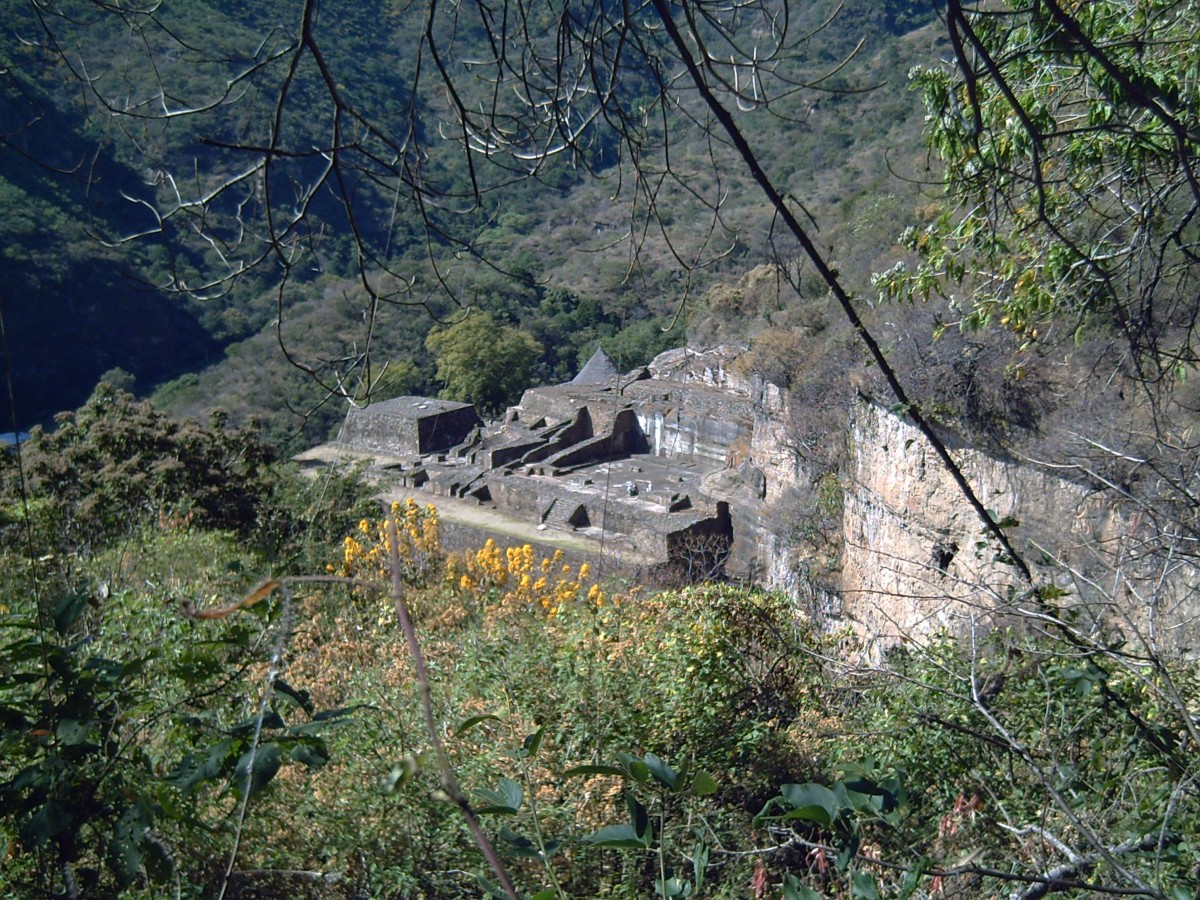For ancient Mexica men and women alike, education formed an important part of the worldview that governed their daily lives. However, the differences between the sexes grew greater over time, as women had to devote themselves to household chores and crops, while men could dedicate themselves to a military career from a very early age. If they did not, social rejection and hard labor would be their only alternative.
In one very special case, when women died giving birth to a boy, they were honored for their physical effort, as it was believed they had “trapped” a warrior for an earthly life who would fight for the sun’s constant rebirth. These were called cihuateteo ("divine women").
As for the start of men’s military careers, they began as helpers from a very early age (at 13 on average), once they could carry the provisions and weapons of distinguished warriors. They could even capture enemies on the battlefield. If they did so, they would be promoted and obtain recognition. Therefore, they had to prepare themselves over the course of different campaigns to obtain captives who would be sacrificed to the sun god Huitzilopochtli. These sacrifices were made so that he could feed and be reborn every day, as it was thought that he had to fight a fierce battle against his sisters, the stars and the moon, when he disappeared in the evening and passed through the underworld at night.
Therefore, a military career provided strong incentives due to the clothing, body ornaments, servants, tributes and lands this social class and their families would acquire through service. The associated religious rituals were equally important, and recognition of brave Tequihua, Océlotl or Cuauhtli warriors was celebrated in a special chamber, above all at the height of this civilization, when they would become prominent generals known as tlacatécatl or tlacochcálcatl, who would command other bold warriors.
The archeological zone of Malinalco, also known as Cuauhtinchan (“the eagles’ aerie” or “the dwelling place of brave men”), acquires its significance in this context. The assumptions about the nature of the activities carried out here proposes the performance of ritual acts by those daring ones who distinguished themselves in battle. They fasted, held gladiatorial fighting matches and participated in a specific initiation ceremony for graduation which involved perforating the septum (the cartilage dividing the nostrils) to insert a particular ornament or jewel, the “yecapapálotl,” or in the chin, where the “téntetl” would be inserted, both symbols of the conferment of their new rank.
The ruins and objects from this place tell a story, above all in the specific case of the so-called monolithic temple or Cuauhcalli (“the house of the eagles”), the construction of which was initially ordered in the year 1501 by the Tlatoani Ahuízotl and continued in 1515 by his successor, Moctezuma Xocoyotzin. Its architectural shape and engraved carvings were carved from a single rock. This complex is an outstanding and unique example not only for Mexica culture, but for the whole of Mesoamerica. Here we can imagine how the priests bore witness when titles were conferred on historic figures, whose function on leaving this place with the rank of generals would be not only to direct the empire’s destiny, but the greater transcendence of living and fighting to sustain the world they knew. They renewed life by obtaining captives who would spill their blood to continue the vital cycle of the sun’s rebirth the next day.
However, this entire organization of political and military power would come to an end. After the siege of the city of Tenochtitlan in 1521, Hernán Cortés sent Captain Andrés de Tapia to Malinalco to conquer it with a few Spaniards and many allies, including indigenous people from the region of Cuernavaca (Cuauhnáhuac). This was because of the threat of the support which the warrior elite who were taught here could provide, as they could eventually command the Mexica army during this terrible episode. Malinalco effectively represented major strategic reinforcements to break the siege suffered by Cuauhtémoc, the last ruler who was fighting to save the imperial city of Tenochtitlan. However, when it fell, Cuauhtinchan fell too, united in this historic event.
The importance of preserving this archeological site is made clear by the character of the place, which functioned as a ritual garrison and therefore dominated its geographical surroundings; its particular architecture, which is unique in the context of monolithic constructions around the world; the stonecutting technique which used stone tools to carve the monument from the rock; and because we do not currently know of another site which enshrines this set of values.







